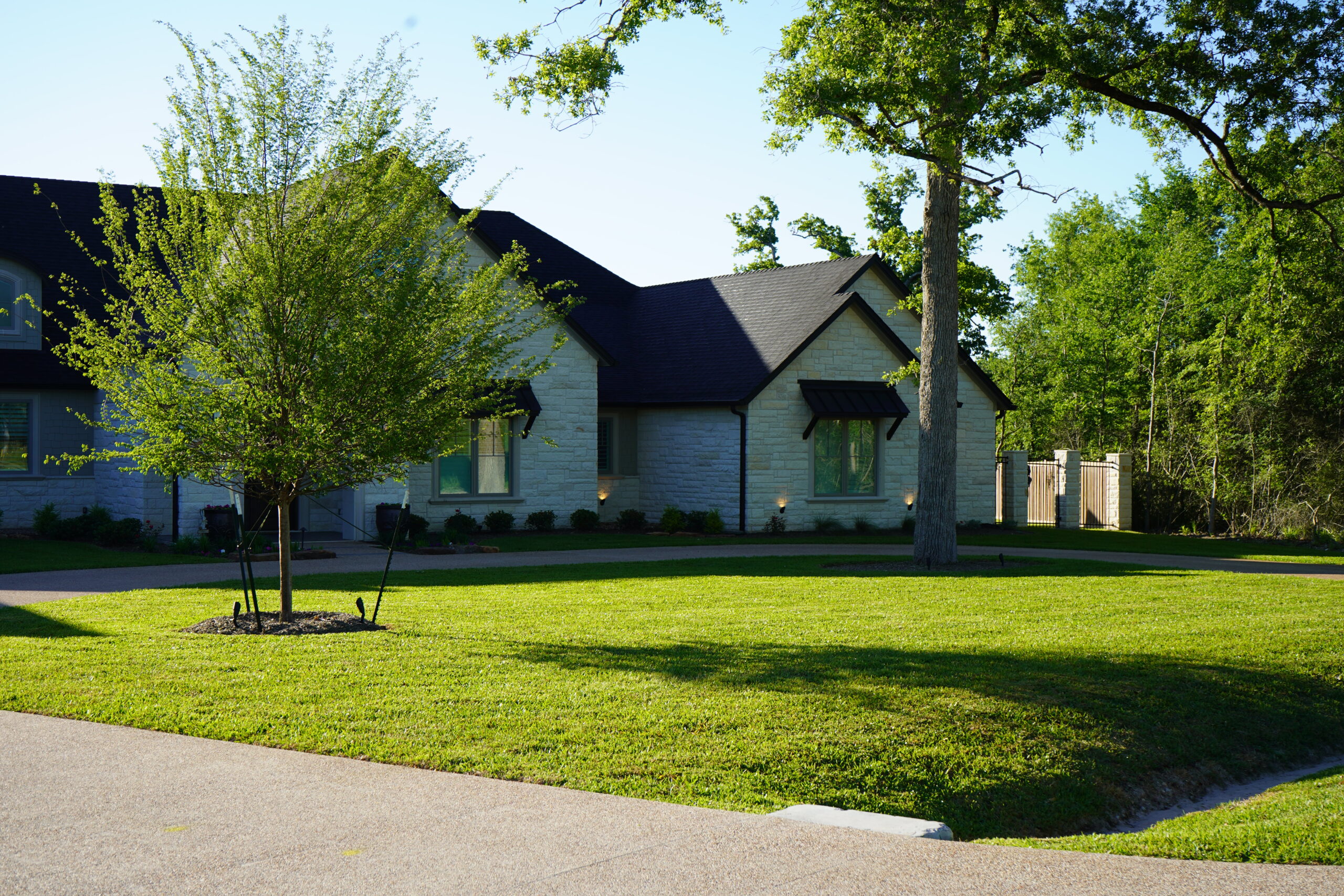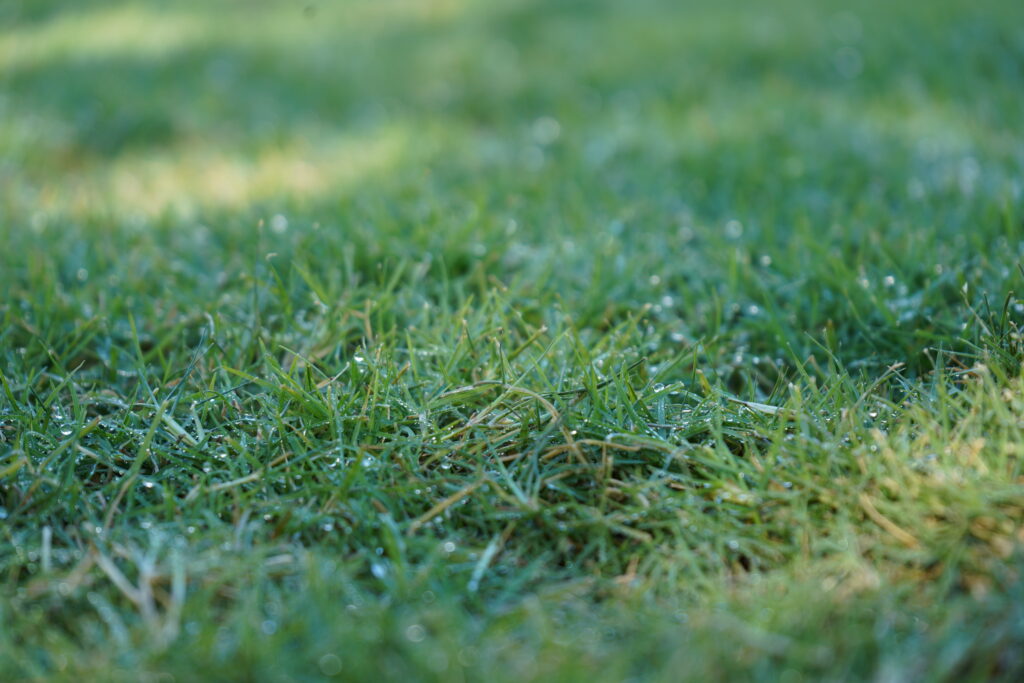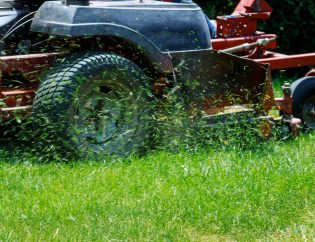
A lush, green lawn isn’t just about looks—it’s a sign of a healthy, well-maintained landscape. Whether you’re a homeowner aiming for the best yard on the block or a property manager responsible for pristine outdoor spaces, maintaining healthy grass year-round requires knowledge, consistency, and a few professional tricks.
In Texas, where the climate can shift from scorching summers to unexpected winter frosts, lawn care isn’t a one-size-fits-all approach. Understanding how to nurture your grass throughout the seasons is key to keeping it vibrant no matter the weather. In this guide, we’ll share expert secrets to year-round lawn care, covering everything from soil health to mowing techniques and seasonal maintenance.
1. Know Your Grass Type
Before diving into maintenance, it’s crucial to know what kind of grass you’re working with. Texas lawns typically feature warm-season grasses that thrive in the heat but may need extra care in cooler months.
Popular Texas Grass Types:
- Bermuda Grass – Drought-resistant, thrives in full sun, and recovers quickly from damage.
- St. Augustine Grass – A thick, lush grass that does well in shade but needs consistent watering.
- Zoysia Grass – Low maintenance with a dense, carpet-like appearance.
- Buffalo Grass – Native to Texas, highly drought-tolerant, and requires minimal mowing.
Understanding your grass type helps tailor your maintenance plan for year-round success.
2. Seasonal Lawn Care Guide
Each season brings different challenges and maintenance needs. Here’s how to keep your lawn thriving no matter the time of year.
Spring: Prepare for Growth
Spring is when your lawn wakes up from dormancy, making it the perfect time to encourage strong growth.
- Aerate & Dethatch – Aeration helps roots breathe by reducing soil compaction, while dethatching removes excess organic material that can suffocate grass.
- Apply Fertilizer – Use a slow-release nitrogen fertilizer to jumpstart growth.
- Start Mowing – Once grass reaches about 3 inches, begin mowing regularly, following the one-third rule (never cut more than 1/3 of the blade at a time).
- Overseed Thin Spots – Fill in patchy areas by overseeding with your chosen grass type.
- Check Irrigation Systems – Ensure sprinklers are in working order and adjust watering schedules for warmer days.
Summer: Protect Against Heat Stress
Texas summers can be brutal on lawns. The key to survival is smart watering and heat protection.
- Water Wisely – Water deeply but infrequently (about 1 inch per week) to encourage deep root growth. Early morning watering is best to reduce evaporation.
- Mow Higher – Keeping grass slightly taller (around 3-4 inches) provides shade for roots and retains moisture.
- Use Mulching Mowers – Grass clippings act as natural fertilizer and help retain moisture.
- Pest Watch – Summer brings chinch bugs, grubs, and fire ants. Keep an eye out for brown patches and treat infestations early.
Fall: Strengthen and Repair
Fall is a critical time for lawn care, as it prepares your grass for winter dormancy while promoting deep root growth.
- Apply Fall Fertilizer – A potassium-rich fertilizer strengthens roots for winter survival.
- Overseed If Needed – If your lawn thinned out over the summer, overseeding in fall will help it bounce back.
- Reduce Watering – As temperatures drop, cut back on watering but don’t stop completely.
- Rake and Remove Leaves – Leaves can smother grass and create mold issues if left unattended.
Winter: Maintain Without Overdoing It
While warm-season grasses go dormant in winter, a little maintenance ensures they come back strong in spring.
- Avoid Overwatering – Cooler temperatures mean less water is needed.
- Limit Foot Traffic – Dormant grass is more fragile; too much walking or vehicle traffic can cause damage.
- Monitor for Weeds – Winter weeds like clover and dandelions can take over if not controlled. Use a pre-emergent herbicide as needed.
- Consider Rye Grass for Greenery – If you want a green lawn all winter, overseed with rye grass in the fall.

3. Proper Mowing Techniques
Mowing might seem straightforward, but doing it incorrectly can weaken your grass. Follow these best practices for a healthy lawn:
- Follow the One-Third Rule – Never cut more than one-third of the grass blade at a time. This prevents stress and encourages strong roots.
- Keep Blades Sharp – Dull mower blades tear grass instead of cutting it cleanly, leading to brown tips.
- Vary Your Mowing Pattern – Changing your mowing direction each time prevents soil compaction and ruts.
- Bag or Mulch? – Mulching returns nutrients to the soil, while bagging helps control thatch buildup. Use both methods strategically.
4. Watering Strategies for a Thriving Lawn
Improper watering is one of the biggest mistakes in lawn care. Overwatering can lead to disease and weak roots, while underwatering causes stress and discoloration.
Watering Tips:
- Deep and Infrequent – Watering deeply (1 inch per session) encourages roots to grow deeper, making your grass more drought-resistant.
- Best Time to Water – Early morning (before 10 AM) is ideal to minimize evaporation and fungal growth.
- Check for Signs of Drought – If grass doesn’t spring back when stepped on, it’s time to water.
- Use Smart Irrigation Systems – Installing weather-based irrigation controllers ensures efficient watering.
5. Combatting Common Lawn Problems
Even with the best care, lawns can experience problems. Here’s how to tackle common issues:
- Brown Spots – Could be caused by pests, fungus, or dog urine. Identify the cause and treat accordingly.
- Weeds – A thick, healthy lawn naturally prevents weeds, but pre-emergent herbicides can stop them before they sprout.
- Thinning Grass – Overseeding and proper fertilization help revive sparse areas.
- Mushrooms – Usually a sign of excessive moisture. Improve drainage and remove organic debris.
6. Professional Lawn Care vs. DIY
While DIY lawn care is rewarding, some tasks require professional expertise. Hiring a lawn care service ensures:
- Consistent and timely maintenance
- Expert fertilization and soil treatment
- Proper disease and pest management
- Efficient irrigation system management
If maintaining your lawn year-round feels overwhelming, professional services can take the stress off your hands while keeping your lawn in top shape.

A Lawn to Be Proud Of
Maintaining a healthy lawn year-round doesn’t have to be complicated. By understanding your grass type, adjusting care for each season, and following best practices for mowing, watering, and fertilization, you can achieve a vibrant, lush lawn that enhances your home’s beauty.
At Texas Landscape Creations, we specialize in expert lawn care tailored to Texas landscapes. Whether you need seasonal maintenance, fertilization plans, or irrigation solutions, our team is here to help.
Ready to Elevate Your Lawn?
With the right care and a little help from the pros, your lawn can stay green, healthy, and thriving all year long!







